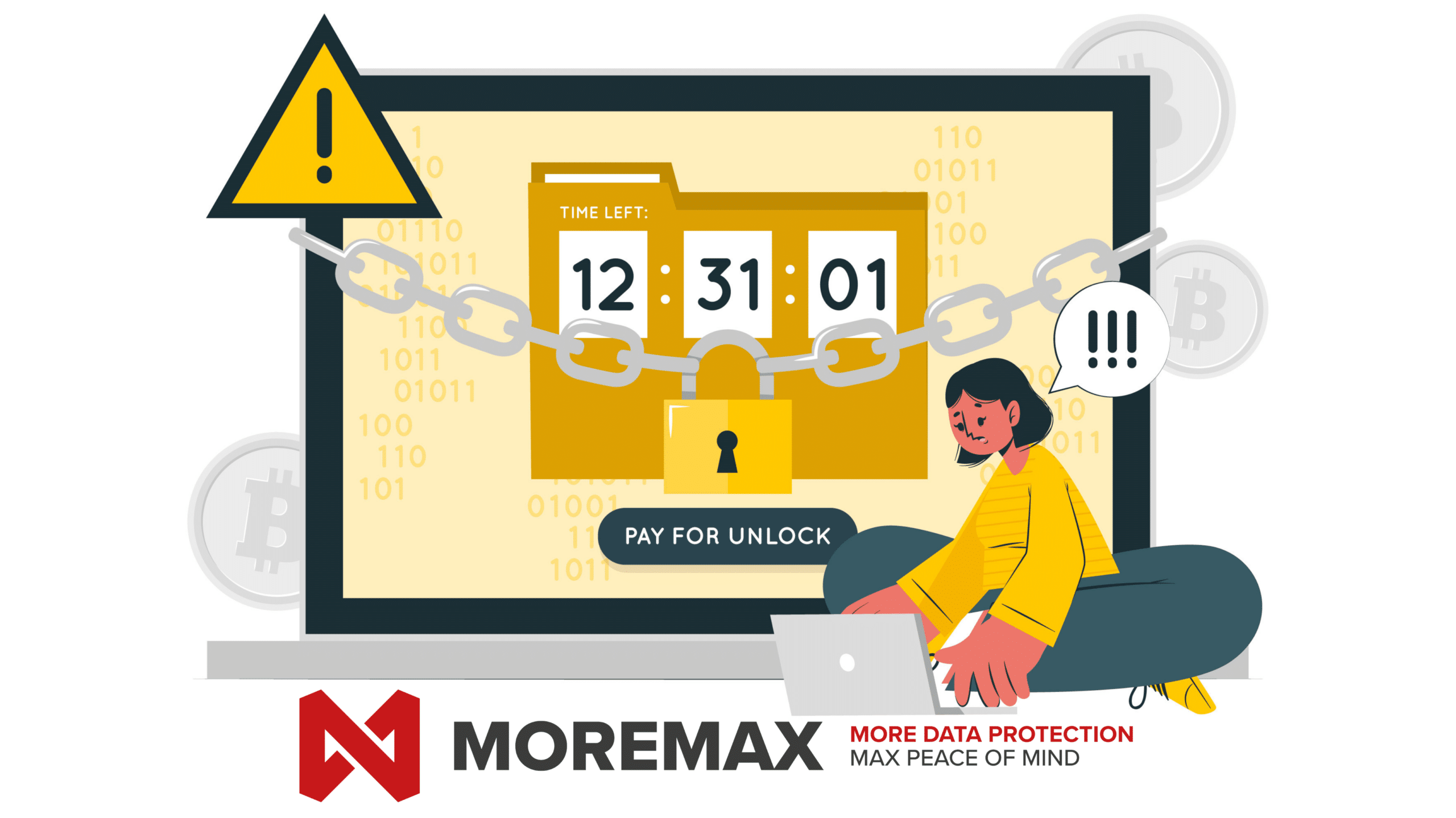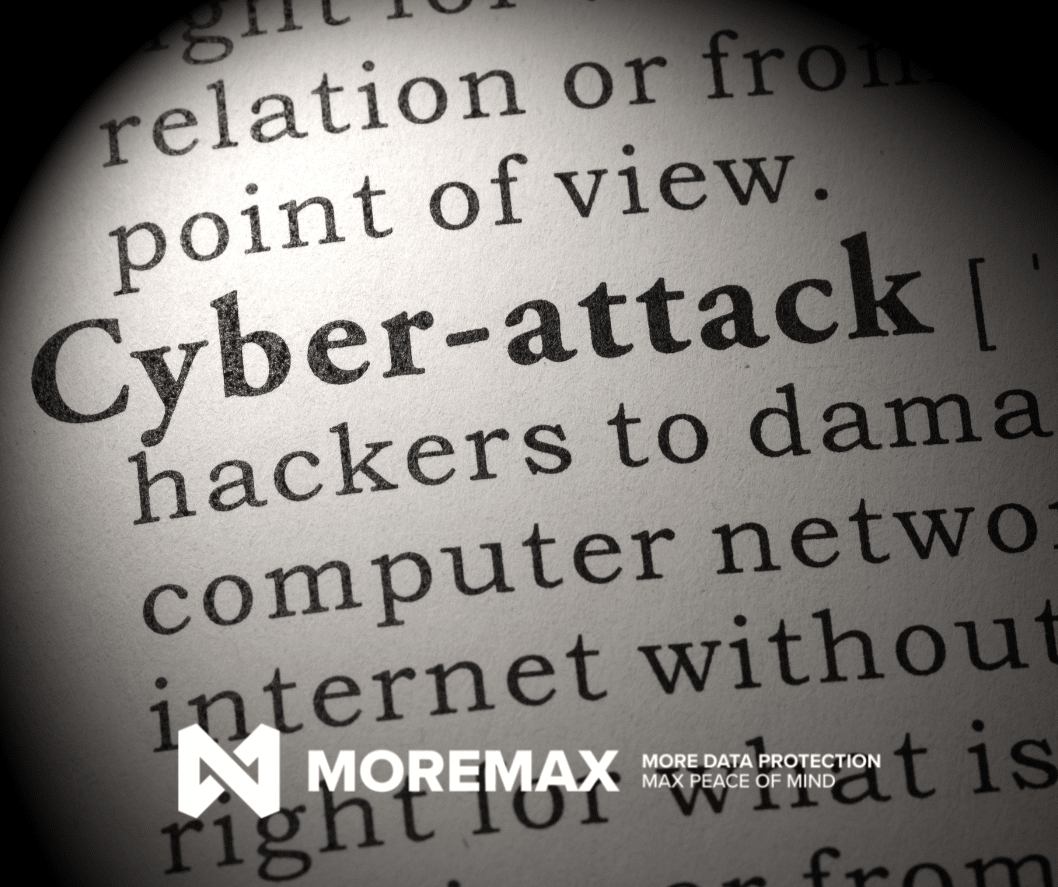
Ransomware and Law Firms: How Modern Cyberattacks Are Targeting Legal Professionals and What You Can Do About It
Ransomware has evolved far beyond being a simple nuisance, it’s now a multi-billion-dollar criminal industry, and law firms have become one of its top targets. Why? Because lawyers hold exactly what cybercriminals crave most: sensitive, confidential, and high-value information.
In plain terms, ransomware is a type of malware (malicious software) that encrypts your files and demands payment — usually in cryptocurrency like Bitcoin — to unlock them. But the new generation of ransomware isn’t just about locking you out of your data. It’s about public humiliation, financial extortion, and operational paralysis.
The New Face of Ransomware: Double Extortion
Attackers know that most law firms can’t afford downtime or reputational damage. That’s why “double extortion” has become one of the most common tactics used against legal professionals.
In these attacks, cybercriminals don’t just encrypt your data — they steal it first. If the ransom isn’t paid, they threaten to publish client information, court filings, financial records, and sensitive communications online. For a law firm, that’s not just embarrassing — it could mean ethical violations, breach of confidentiality, and loss of client trust overnight.
Imagine explaining to a client that their immigration documents or settlement agreements are now public on the dark web. That’s the pressure these attackers exploit.
Beyond Encryption: Business Process Disruption
Another alarming evolution in ransomware is business process disruption. Instead of simply encrypting files, attackers now aim to shut down your ability to operate.
They compromise systems, cloud platforms, or practice management software — effectively locking you out of your own business. Court deadlines are missed, communications stop, and case management systems go dark. For a solo practitioner or small law firm, even a day of downtime can translate into thousands of dollars in lost revenue and irreversible client damage.
It’s not just about data anymore. It’s about control — and losing it.
The Typosquatting Trap: When One Letter Can Cost You Everything
A growing trend fueling these attacks is typosquatting, also known as URL hijacking.
Cybercriminals register fake domains that look almost identical to legitimate ones — for example, “appple.com” instead of “apple.com.” When a busy lawyer types quickly or clicks on a link without checking closely, they could be redirected to a spoofed website that looks completely real.
From there, attackers can:
- Deliver ransomware disguised as legitimate downloads
- Phish for login credentials
- Redirect ransom payments to untraceable wallets
For law firms that rely on online platforms for filings, document management, and payments, one mistyped link could be catastrophic.
Tip: Always double-check URLs, especially when opening links from emails. If something looks off, it probably is.
How to Protect Your Firm Against Ransomware
Defending against ransomware requires more than just antivirus software — it demands a multi-layered security strategy tailored to your firm’s size, structure, and risk level.
Here’s what every law firm — big or small — should have in place:
- Comprehensive Security Stack
- Next-generation antivirus and endpoint protection
- Firewalls with intrusion detection and prevention
- Secure email gateways to block phishing attempts
- Regular Backups (And Test Them!)
Store backups offline or on an air-gapped device, and test them regularly. A backup that hasn’t been tested is just a false sense of security. - Patch and Update Software
Keep all systems, apps, and plugins up to date. Outdated software is an open invitation for attackers. - Employee Awareness and Training
Most ransomware infections start with a single click. Educate your team — from paralegals to partners — on how to spot phishing emails and suspicious attachments. - Incident Response Plan
Have a clear plan outlining who to contact, how to isolate infected systems, and how to communicate with clients if a breach occurs. Time is everything in a ransomware event. - Cyber Insurance and Compliance
Ensure your policy covers ransomware scenarios. Also, verify that your firm complies with data protection laws such as ABA cybersecurity guidelines and client confidentiality obligations.
The Bottom Line
Ransomware isn’t going away — it’s getting smarter. But law firms that invest in layered protection, staff education, and tested recovery strategies can turn panic into preparedness.
Your clients trust you to protect their most sensitive matters. Make sure your technology does the same.
Because in the legal world, confidentiality isn’t just professional — it’s personal.


